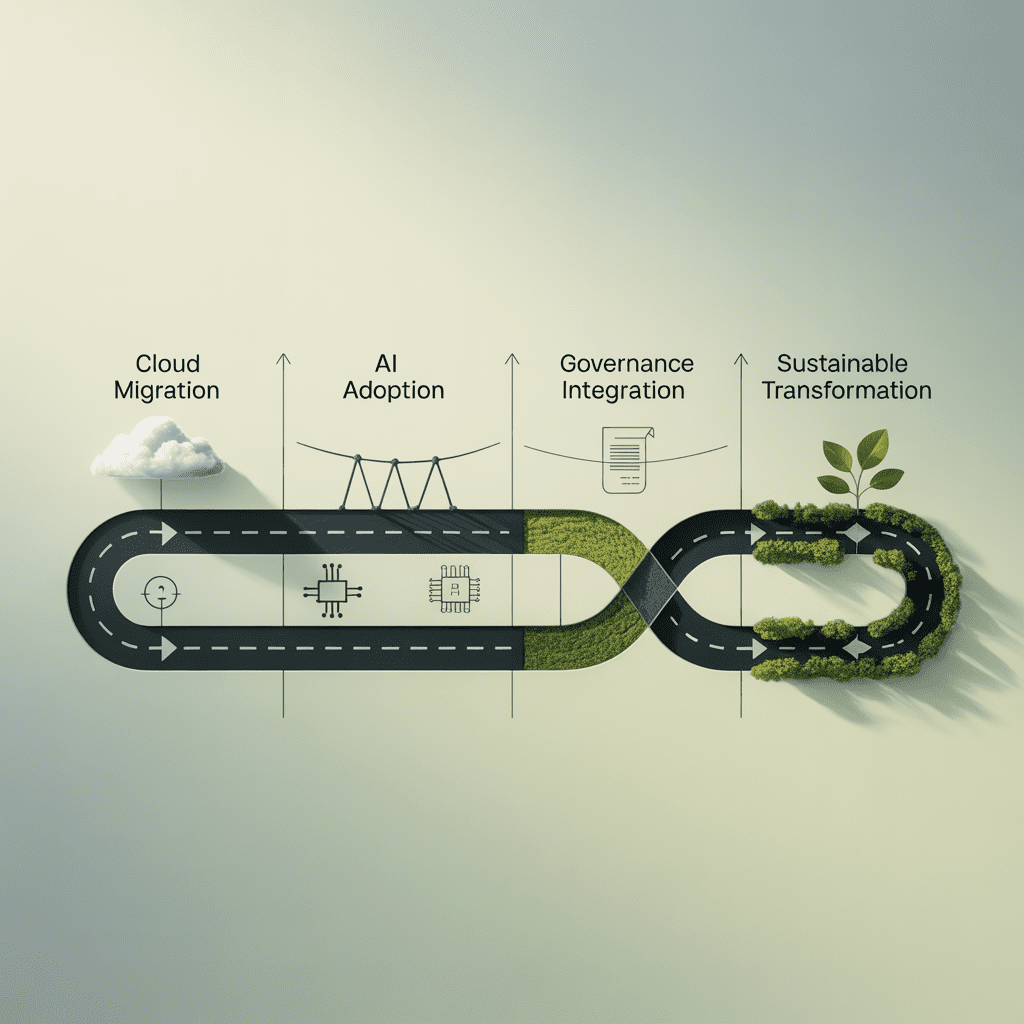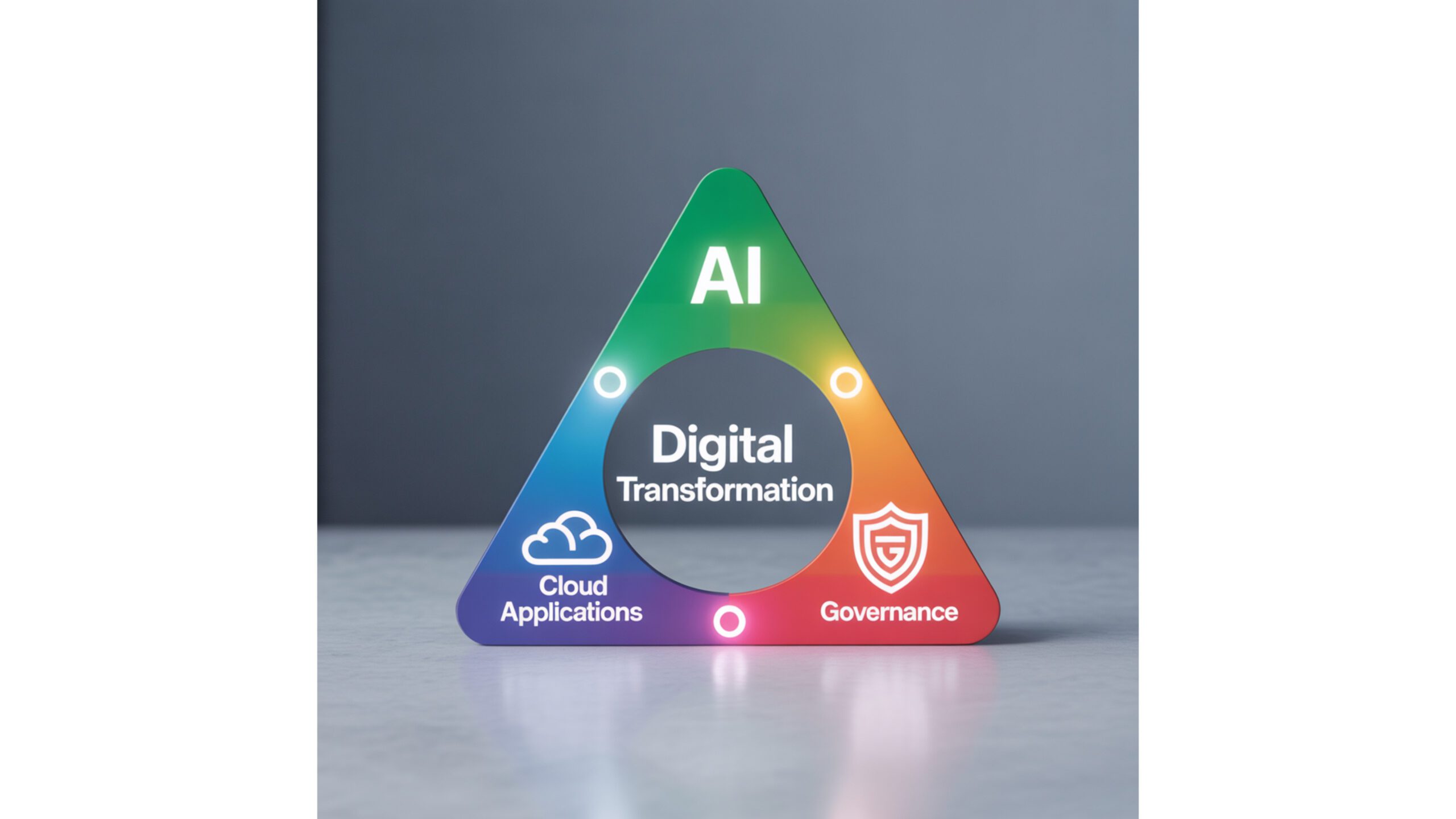In today’s digital transformation era, where cloud platforms, artificial intelligence, and modern applications are reshaping how organizations operate, the role of governance often determines whether progress is sustainable or short-lived. The pace of change may appear exhilarating, but it also exposes new risks that demand fresh approaches to accountability and trust.
Mr. Milan Parikh is a Lead Enterprise Data Architect in the field of Cloud Application Development with over 15 years of industry experience. He is a Fellow of the Institution of Electronics and Telecommunication Engineers (IETE), a Senior Member of IEEE, an IEEE Day 2025 Ambassador, and currently serves as Branch Secretary of BCS, which fosters collaboration and knowledge sharing among professionals, researchers, and students. His career has spanned large-scale data modernization programs, cloud-first application strategies, and enterprise governance frameworks across industries ranging from life sciences to manufacturing and financial services.
Milan’s professional journey reflects a balance of practical implementation and thought leadership, bridging the realities of enterprise constraints with the opportunities offered by emerging technologies. He believes that the next wave of digital transformation will depend not only on technical adoption of AI and cloud but also on how effectively organizations embed governance as a guiding principle.
The Shifting Landscape of Cloud and AI
Cloud computing has already become the backbone of modern enterprise IT. Elastic scalability, global reach, and consumption-based pricing models have made the cloud an attractive alternative to on-premises data centers. Yet, as Milan Parikhobserves, simply migrating workloads does not equal transformation.
Many organizations take a lift-and-shift approach moving applications to the cloud without redesigning data pipelines or rethinking integration. The result is often disappointment: costs rise, agility stagnates, and promised insights remain out of reach. The real power of the cloud emerges only when applications are re-architected, data is integrated, and governance frameworks ensure consistency across the enterprise.
Artificial intelligence adds another layer of complexity. AI models thrive on high-quality, well-governed data, yet they are frequently deployed in environments where data ownership is unclear or fragmented. The potential is enormous, but the fragility is equally visible.
Governance as the Hidden Enabler
Governance may not grab headlines like AI or cloud innovation, but it is the quiet enabler of long-term success. Without rules for data quality, lineage, and accountability, cloud adoption risks becoming a costly sprawl, and AI models risk becoming untrustworthy.
Milan Parikh highlights that governance should not be seen as bureaucratic overhead but as a steering mechanism. When governance is embedded early, it ensures that AI and cloud solutions scale in a way that builds trust with executives, regulators, and customers alike.
In one global enterprise, governance failures led to five separate sales forecasting models across departments, each producing different results. Executives had no single source of truth. Had a governance framework been applied at the start, data definitions, validation rules, and ownership structures would have avoided duplication and ensured a unified view of the business.
Where Transformation Succeeds or Fails
Digital transformation is rarely a “big bang” event. More often, it takes the form of incremental but meaningful shifts: automating manual processes, enabling predictive analytics, or consolidating customer data into a single view.
From Milan’s vantage point as an enterprise architect, transformation succeeds when governance and technology evolve together. An AI tool that dazzles but lacks accountability may deliver a quick win, but it will not last. On the other hand, governance frameworks that block experimentation can suffocate innovation. The balance between agility and control defines whether transformation endures.
Common Pitfalls in AI + Cloud Governance
Despite growing awareness, many enterprises still fall into predictable traps when bringing AI and cloud into their transformation journeys. Mr. Milan Parikh identifies several recurring missteps:
A Practical Path Forward
How should organizations navigate this intersection of AI, cloud, transformation, and governance? Based on Milan’s 15 years of experience, several principles stand out:

A Forward-Looking Reflection
Reflecting on the cycles of enthusiasm and recalibration over the past decade, Milan Parikh notes that both cloud and AI followed similar paths: early hype, rapid adoption, and eventual maturity shaped by governance. Cloud was once seen as a cure-all before enterprises realized that integration and stewardship mattered more than location. AI is now experiencing the same wave of optimism, and it too will require recalibration.
For Milan, the lesson is clear: transformation is not about chasing trends but about building capabilities that survive beyond hype cycles. Clear governance, adaptable architectures, and cultures that balance accountability with experimentation are what endure.
Digital transformation, when viewed through this lens, is less of a final destination and more of a continuous negotiation between possibility and constraint. AI and cloud applications create extraordinary opportunities, but only when governance ensures that ambition does not outpace trust.



































